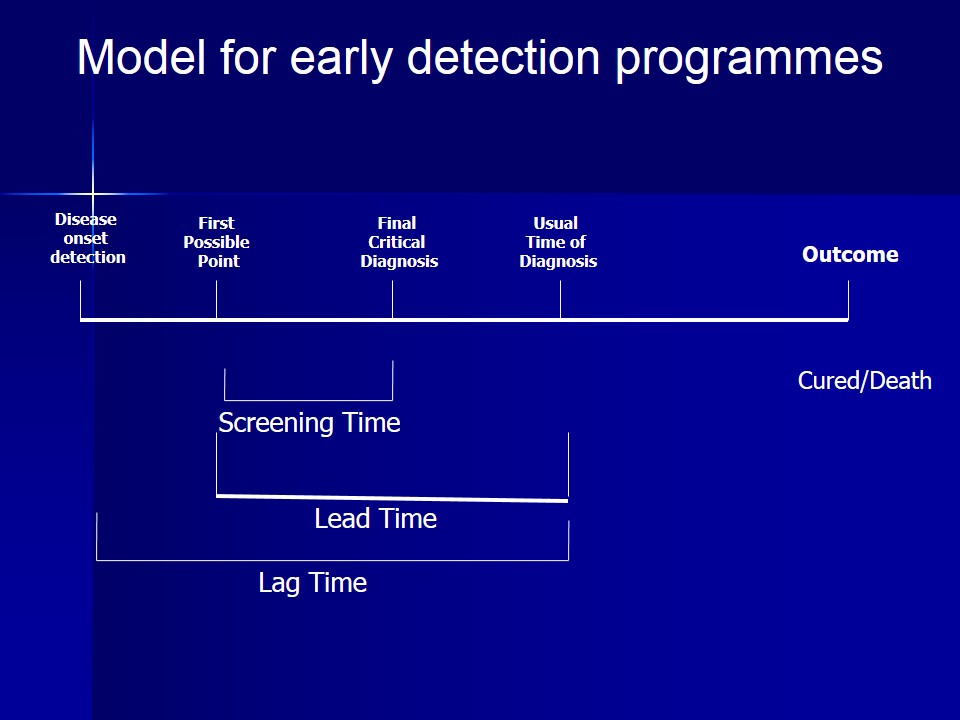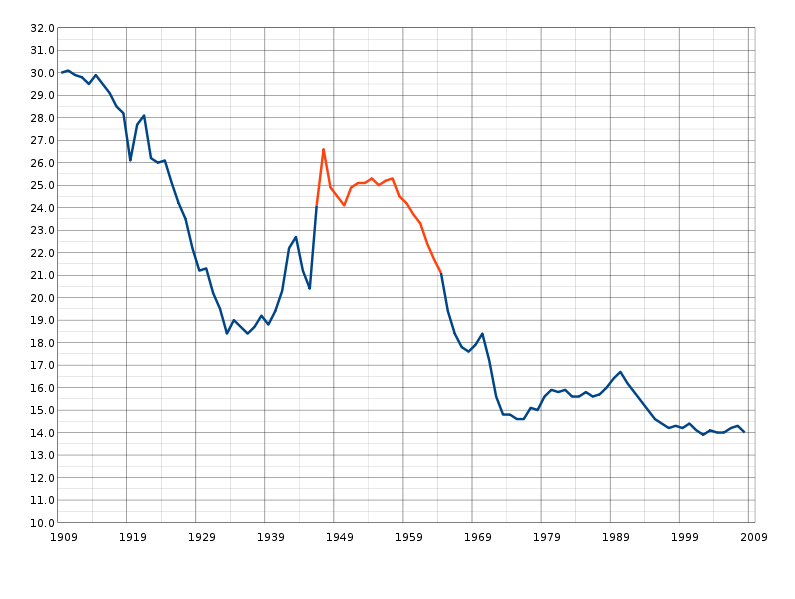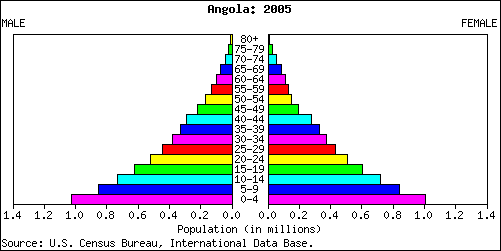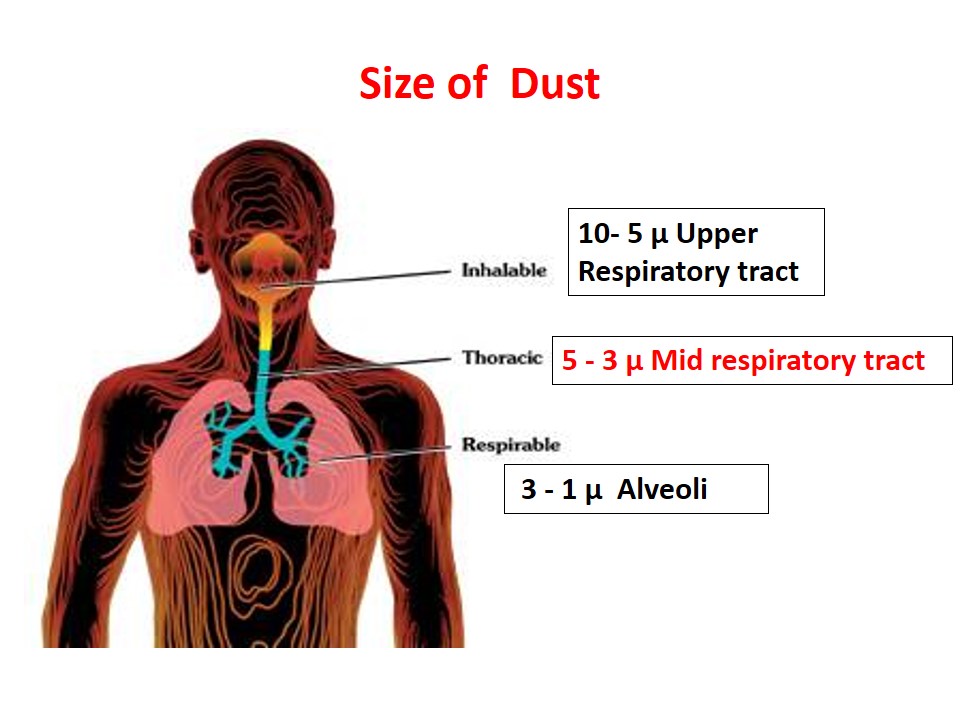Screening may be defined as
“The presumptive identification of unrecognized diseases or defect by the application of tests, examinations or other procedures which can be applied rapidly to sort out apparently well persons who probably have a disease from those who probably do not.”
The screening test itself does not necessarily diagnose illness, those who test positive are evaluated by a subsequent diagnostic procedure to determine whether they in fact do or do not have the disease.
Differences Between Screening & Diagnostic Tests
|
Screening test |
Diagnostic test |
|
|
1 |
Done on apparently healthy |
Done on those with indications or sick |
|
2 |
Applied to groups |
Applied to single patients, all diseases are considered |
|
3 |
Test result are arbitrary and final |
Diagnosis is not final but modified in light of new evidence, diagnosis is the sum of all evidence |
|
4 |
Based on one criterion or cut-off point (e.g, diabetes) |
Based on evaluation of a number of symptoms, signs and laboratory findings |
|
5 |
Less accurate |
More accurate |
|
6 |
Less expensive |
More expensive |
|
7 |
Not a basis for treatment |
Used as a basis for treatment |
|
8 |
The initiative comes from the investigator or agency providing care |
The initiative comes from a patient with a complaint |
Aims & Objectives of Screening
It is carried out in a hope that earlier diagnosis and subsequent treatment favorably alters the natural history of the disease in a significant proportion of those who are identified as positives.
Iceberg Phenomenon of Disease
According to the iceberg phenomenon of disease, submerged portion of the iceberg represents the hidden mass of the disease (e.g. sub clinical cases, carriers, undiagnosed cases), while the floating tip is what the physician sees in his practice.
Types of Screening
1. Mass
2. Multiple or multiphasic
3. Targeted
4. Case finding or opportunistic
Uses of Screening
• Case detection
• Control of disease
• Research purpose
• Educational opportunities

Errors in evaluation of Screening Tests
a. An error in the evaluation of a screening test, known as lead time bias, can occur when persons with disease detected by screening appear to live longer simply because of the earlier recognition of their illnesses.
b. An error in the evolution of a screening test, known as length-biased sampling, can occur when persons with disease detected by screening appear to live longer simply because they have more slowly progressing illnesses.
Criteria of Screening
The criteria for screening depends on two consideration:-
a. Disease
b. Screening Test
Disease appropriate for screening (Wilson’s Criteria)
1. Disease should be serious
2. Screening may help in the prevention of transmission of disease
3. Prevalence of pre-clinical disease should be high.
4. Early asymptomatic stage.
5. The Disease natural history should be adequately understood
6. Facilities should be available for confirmation of the diagnosis.
7. There is an effective treatment.
8. There should be an agreed-on policy concerning whom to treat as patients
9. Treatment reduces morbidity and mortality.
10. The expected benefits of early detection exceed the risks and costs.
11. Done as a regular and on-going process.
Screening Test Criteria:-
1. Acceptability
2. Validity (accuracy)
• Sensitivity
• Specificity
3. Yield
• Positive predictive value
• Negativepredictive value
4. Simplicity
5. Safety
6. Rapidity
7. Ease of administration
8. Cost
9. Repeatability
Validity
Validity of a screening test is measured by its ability to do what it is supposed to do i.e., provides a good preliminary indication of which individuals actually have the disease and which do not.
Validity has two components:
1. Sensitivity
2. Specificity
Sensitivity of a test is the ability of the test to detect disease in all those who actually have the disease (i.e., correctly identify all those who have the disease)
Specificity of a test is the ability of the test to rule out disease in all those in whom the disease is actually absent (i.e., correctly identify all those who do not have the disease).
An ideal screening test is one that is 100% sensitive and 100% specific. If disease is present an ideal, or truly accurate, test will always give a positive result. If disease is not present, the test will always give a negative result. In practice this does not occur.
Yield
Yield of a screening test is the number of persons detected by a screening program. It is an important measure for determining the usefulness of a test under field conditions.
• Positive Predictive Value
• Negative Predictive Value
Positive predictive value (PV+) is the proportion of positive tests in people with disease.
Negative predictive value (PV-) is the proportion of negative tests in people without disease.
Cross tabulation of data
The simplest cross tabulation is a 2 x2 table. A 2 x 2 table is one which has only two rows and two columns.
a= The number of individuals for whom the screening test is positive and they actually have the disease (True positives)
b= The number of individuals for whom the screening test is positive but they do not have the disease (False positives)
c= The number of individuals for whom the screening test is negative but they actually have the disease (False negatives)
d= The number of individuals for whom the screening test is negative and they actually do not have the disease (True negatives)
So, interpreting the cells
• a+c = All those who actually have the disease.
• b+d = All those who actually do not have the disease.
• a+b = All those who test positive on the screening test.
• c+d = All those who test negative on the screening test.
Sensitivity = a/(a+c) (%)
Specificity = d/(b+d) (%)
Positive predictive value= a/(a+b) (%)
Negative predictive value= d/(c+d) (%)
 howMed Know Yourself
howMed Know Yourself





